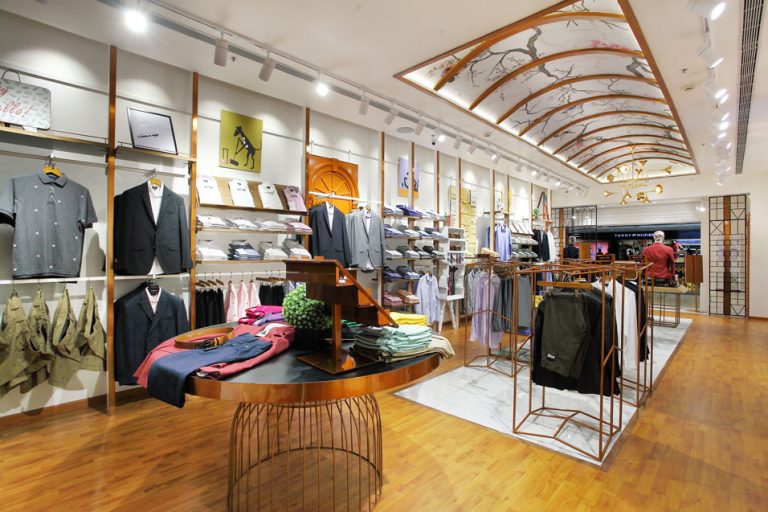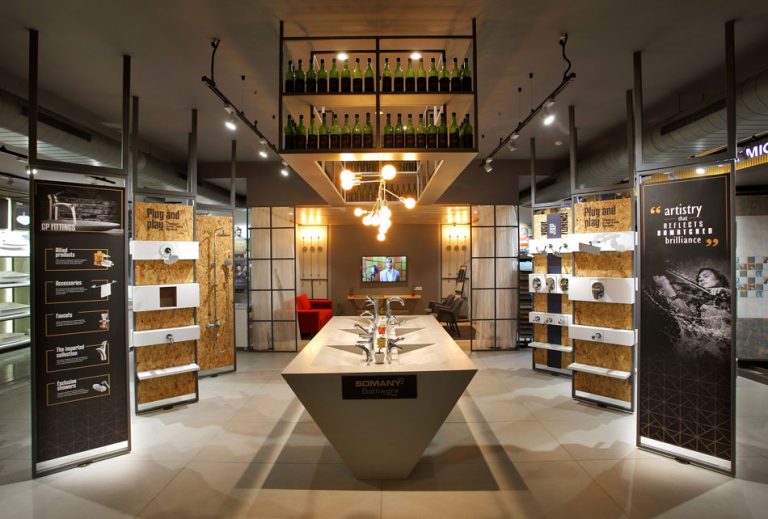
Space Design
No content available

Our Space Design service creates outdoor environments that balance beauty, function, and sustainability. Through thoughtful layout planning, functional zoning, and environmental adaptation, we craft spaces that enhance user experience while respecting and harmonizing with the natural site conditions.
Features
Layout Planning: Organizing zones for outdoor activities, including seating areas, pathways, and event spaces.
Functional Zoning: Dividing the area into specific use categories, such as recreation, relaxation, and utility zones.
Environmental Adaptation: Ensuring designs complement the natural terrain, climate, and ecological features of the site.
Quality Materials
Interior Design
Personal Care
Support

using a mobile phone to create an image of the outer world - on the future train track Munich–Berlin, near Essleben (Thuringia, Germany)

The role of the space designer is to understand, anticipate, fit out, arrange and optimise a permanent or temporary space in the best possible way, in line with the needs expressed by the customer, whether in a home or a public space.

Spatial design is the design of human environments, particularly interior environments. Working from the inside out, spatial designers think about how spaces feel, how they are organised and how they might enrich the lives of those experiencing them. What makes a space intimate, culturally relevant, or public?